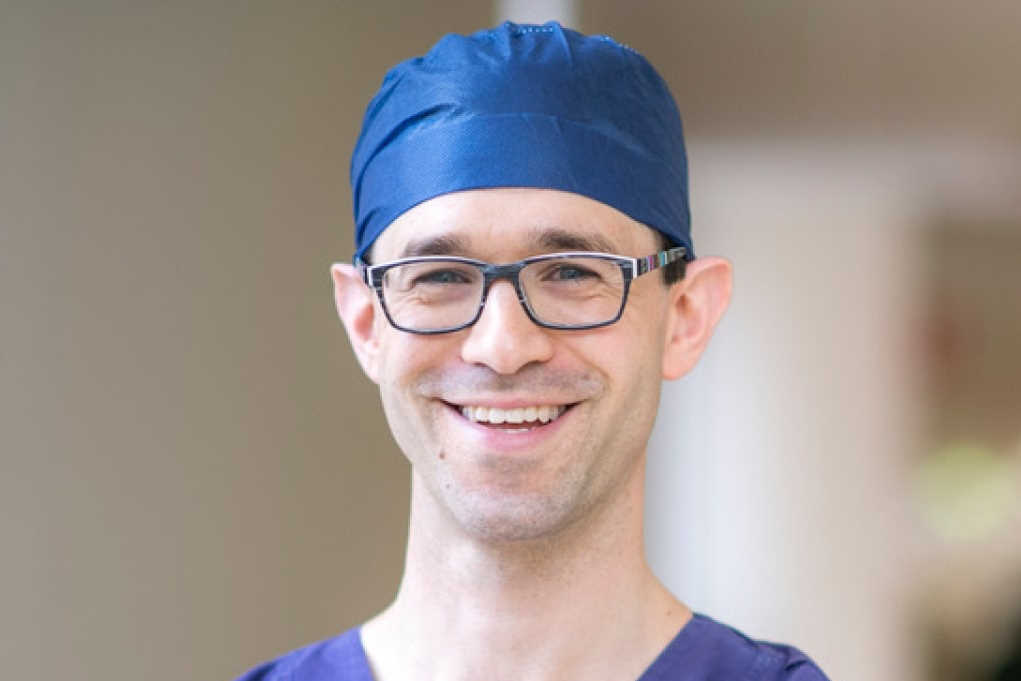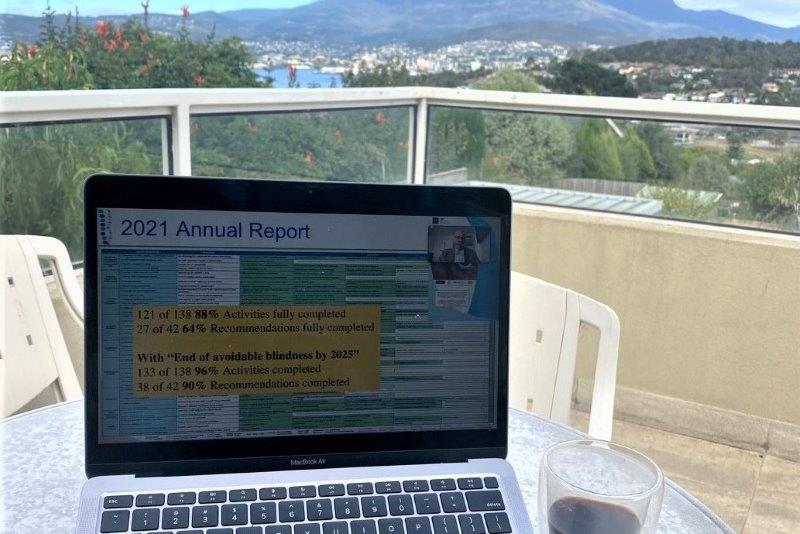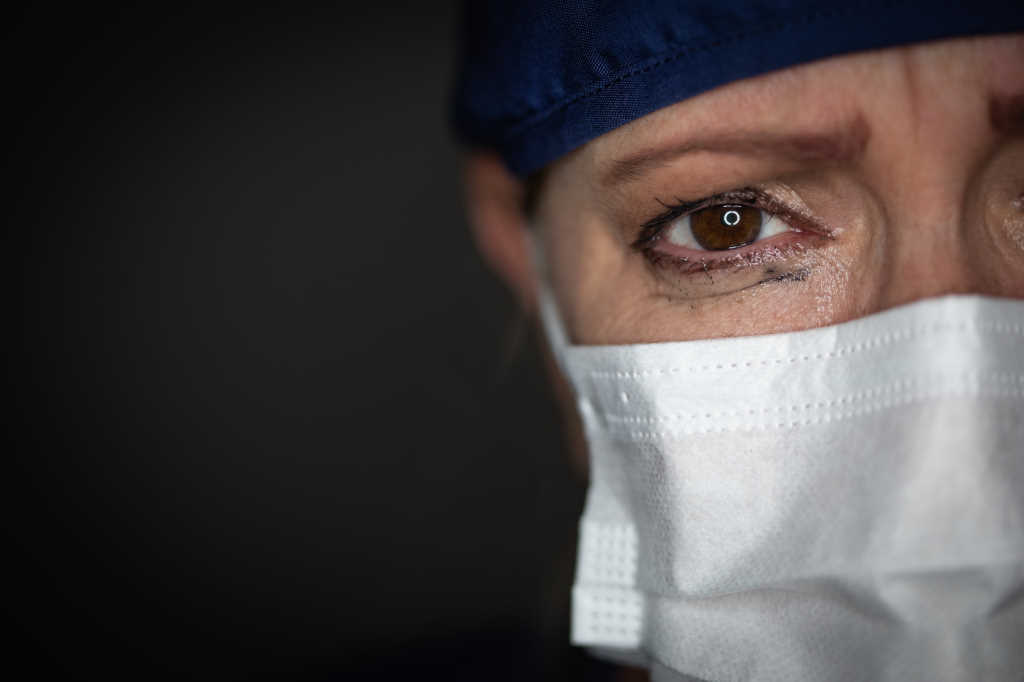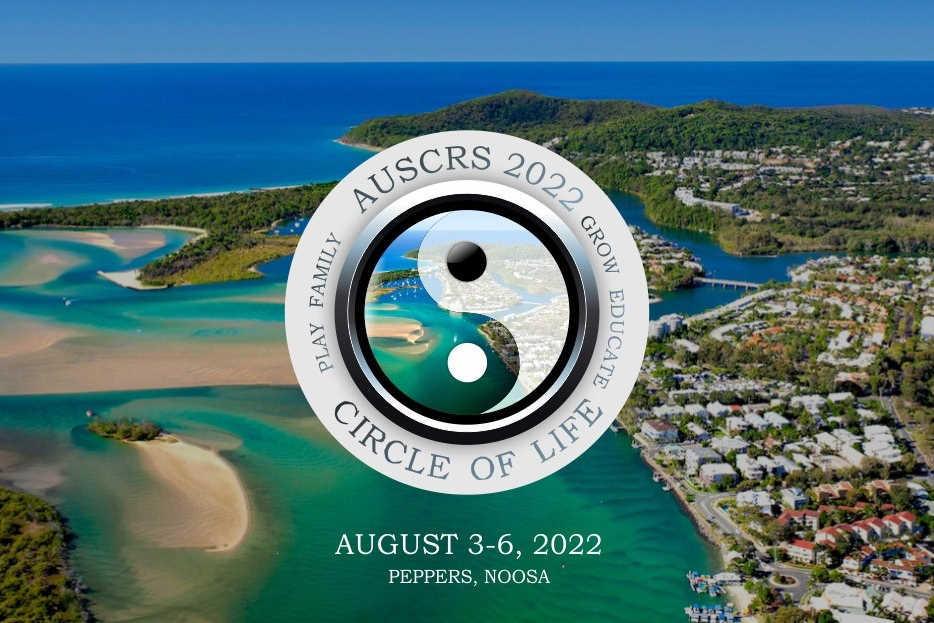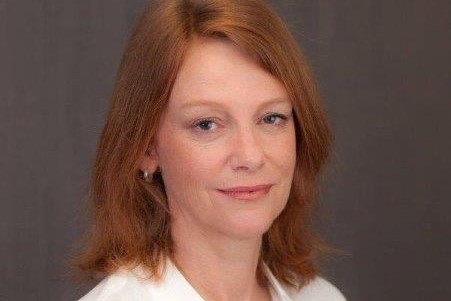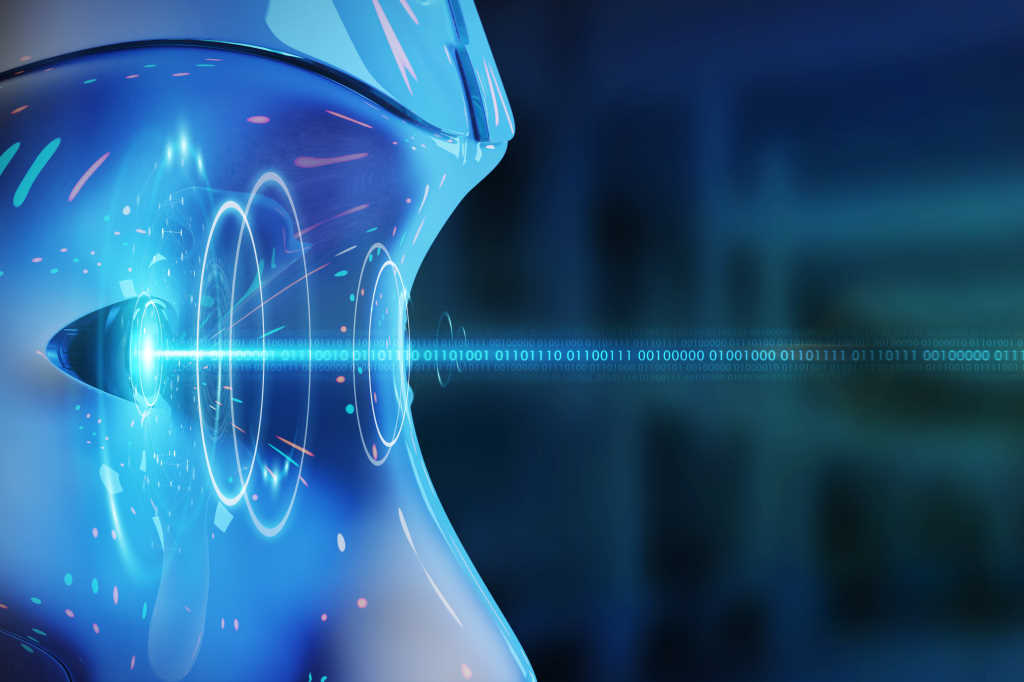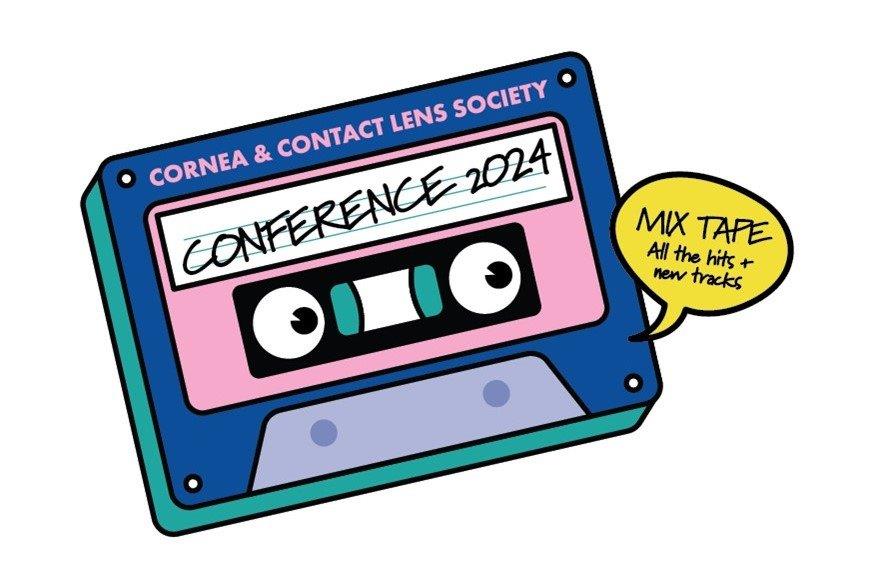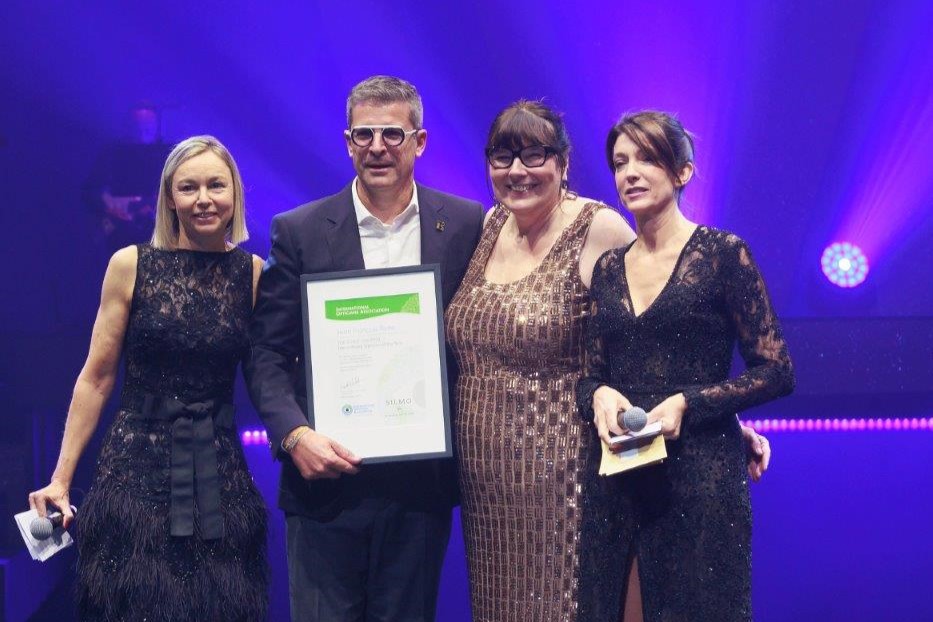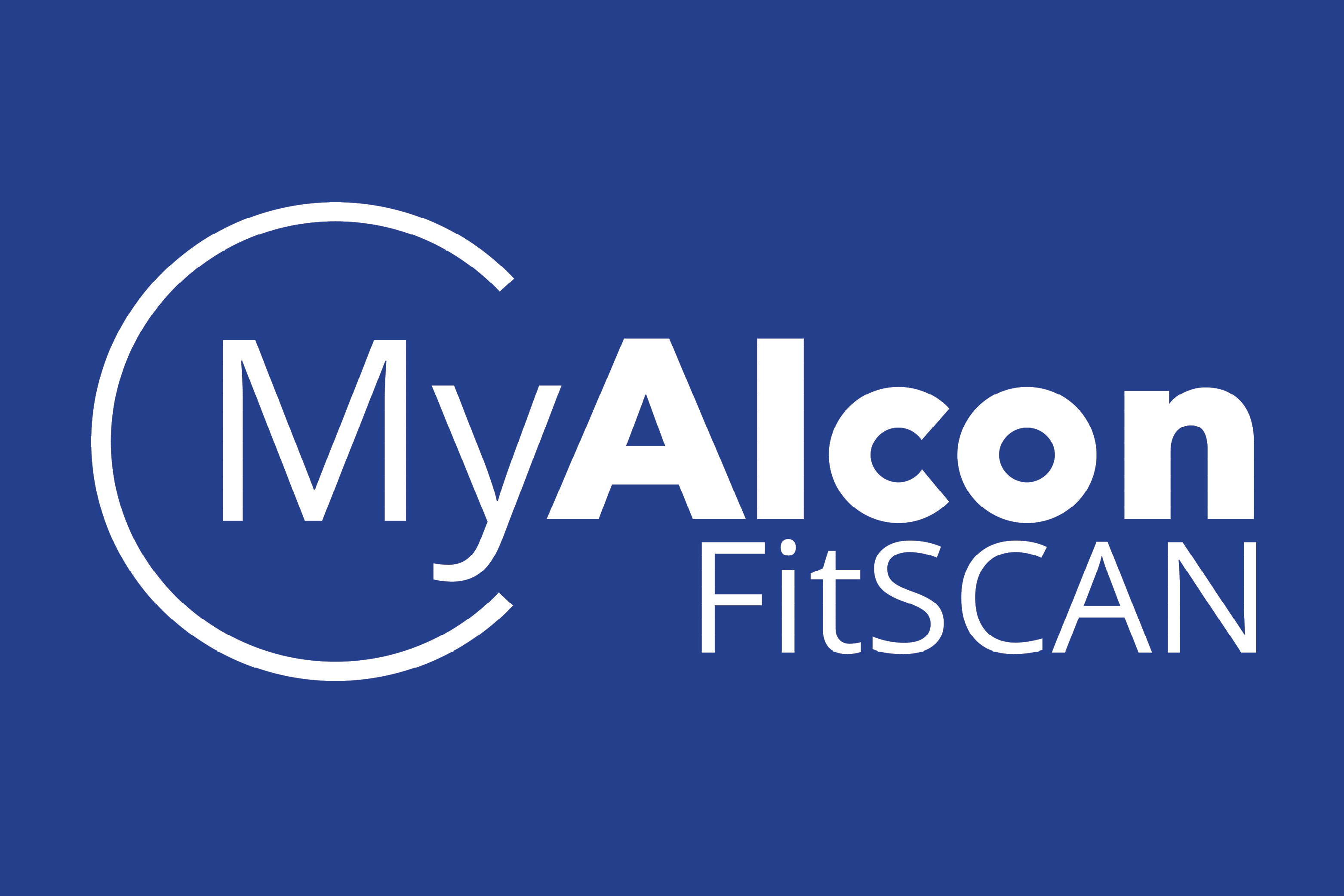ANZGS 2022: looking at glaucoma laterally
For previous Australia New Zealand Glaucoma Society conference (ANZGS) meetings I have enjoyed jetting off to Brisbane for a couple of days to be immersed in the humidity of Queensland in February. This year, I swapped educating myself sitting in the air-conditioned ballroom of some fancy Queensland hotel for my spare bedroom in Auckland, with as many windows open as possible!
A Swedish message
The first big lecture came courtesy of Professor Anders Heijl, who has spent his career developing visual field testing. Joining us from his study in Sweden, his ‘Navigating the glaucoma landscape in 2022’ lecture could have been subtitled, ‘How the ocular coherence tomography (OCT) machine makers have scammed everyone’!
He outlined the increasing problems of an ageing population and the resource constraints of most medical systems, which necessitates limiting the number and type of examinations performed. Prof Heijl also warned of the dangers of overdiagnosis in glaucoma and attacked the conventional wisdom of early diagnosis being advantageous, pointing out that patients diagnosed early with glaucoma that will never cause significant blindness can only ever be harmed by what we do to them (drop side effects, stress of diagnosis etc.). Instead, he said, we should be focusing on those with manifest glaucoma, since they can have a 16% chance of bilateral blindness, according to a study conducted in his city.

Prof Heijl
Since the goal of glaucoma care is to maintain visual function while also maintaining quality of life, the trick is finding the balance between detecting those who are going to suffer visual loss and those who are going to be harmed by overdiagnosis, he said. His proposal was to base it on visual field testing (surprise, surprise!), ophthalmoscopy or optic disc photos and intraocular pressures (IOP). He recommended avoiding corneal thickness measurements as they are less relevant once the diagnosis is made (but a useful risk factor in ocular hypertensives). He went on to attack OCT use, saying the problem is the statistical analysis on OCT machines is borrowed from visual field machines, but the greater natural variation and the huge number of points tested means up to 74% of normal patients will have some apparent abnormality detected.
For following-up patients, he pointed to the United Kingdom Glaucoma Treatment Study (UKGTS), which found 30% of glaucoma patients appeared to get thicker measurements over time. This does not seem to fit with any published data I can find on this study, and in fact those who progressed on OCT were also the patients progressing with visual field. This study was done with time domain OCT (most practitioners having moved to the higher quality and more reproducible spectral domain OCT several years ago). Professor Heijl recommended following patients with disc photos and (of course) visual fields, doing enough of them to detect fast-progressing patients. He insisted that in the studies he has conducted 98% of patients were able to perform a good quality visual field test. Hats off to those elderly Swedish glaucoma patients!
While I agree with his caution about the overuse of OCT as a screening test, I think Prof Heijl risks throwing the baby out with the bath water, given the ability to detect change at the optic nerve head earlier than would be possible with visual field testing alone and thus adjust treatment and change the disease course of those at risk of significant visual loss. He also failed to mention the stress that many patients feel when doing visual field tests, a psychophysical test that they are afraid to ‘fail’, which itself affects quality of life.
OCT outliers, complications and toys
Prof Heijl’s challenging lecture was followed by a collection of challenging cases, including a pregnant patient with out-of-control congenital glaucoma. There was a useful discussion of the relative safety of different medications at different stages in pregnancy and the challenges of coordinating care when the patient ended up needing glaucoma surgery.
Demonstrating that retinal surgeons don’t have all the fun, another presenter showed off a new toy in the form of intra-operative OCT scanning during glaucoma surgery, focusing on the front of the eye to check positioning and depths while doing various implants and deep sclerectomies. She did concede, however, that there was significant time involved in getting useful scans, which would appear to make it something of a novelty at present.
As always, there was a session on managing complications in glaucoma surgery. Full credit to the surgeons who put their hands up for this one – admitting to being an expert in managing complications is always a double-edged sword! One interesting crossover from another subspecialty was some success reported in managing leaky trabeculectomy blebs with UV crosslinking. Anterior segment OCT scans showed thickening of the bleb wall following the procedure.
Associate Professor Simon Skalicky from the University of Melbourne presented encouraging work on visual field testing using targets on a PC screen. While this produced similar results to standard Humphrey visual field testing, he found it to be strongly preferred by patients. These tests were performed in a clinic setting, but it raised the possibility of home-based testing.
Cars, carbs and coenzymes
ANZGS conferences always include an ‘off-piste’ lecture and this year’s came from Dr Stewart Worrall, a senior research fellow at the Australian Centre for Field Robotics, University of Sydney. He walked us through the fascinating science behind autonomous vehicles and the challenges in bringing this technology safely into common use. The solution to the relatively simple questions of ‘Where am I and where am I going?’ is already widely employed by millions of smartphone users every day. But the more complex issue of ‘What is around me and where can I safely move to?’ requires critical visual input and massive computing power to process quickly. While lastly, the fiendishly difficult ‘How do other things behave?’ is being tackled with machine learning to help predict the most likely moves of other objects in the environment.
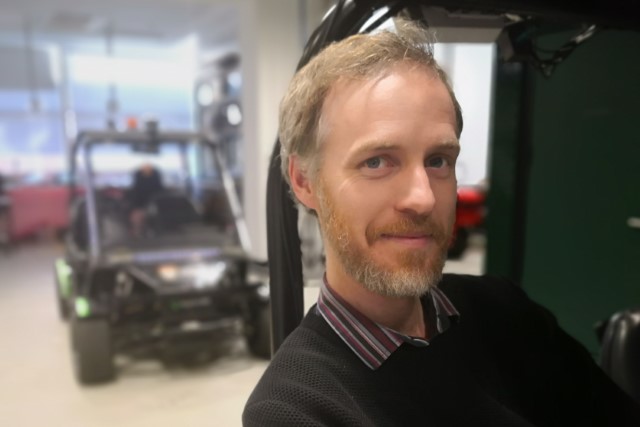
Dr Worrall
It’s an exciting area and one which many governments (and major tech companies) are focused on to try and help us move around more safely, efficiently and with lower environmental impacts. Dr Worrall also noted that simply replacing our current vehicles with autonomous ones won’t solve congestion issues, so public transport will remain a key part of making our cities more liveable.
The next named lecture was given by Dr Ridia Lim from the Sydney Eye Hospital and was titled ‘What if…’. This started rather remotely from glaucoma, taking a broad view of the rise of chronic disease, especially obesity. She highlighted the interactions of genetics and diet, sleep and exercise that result in various metabolic diseases. She postulated that glaucoma could be related to these, given what we are discovering about the role of mitochondrial dysfunction, oxidative stress and neuroinflammation in the pathogenesis of ganglion cell and retinal nerve fibre death.
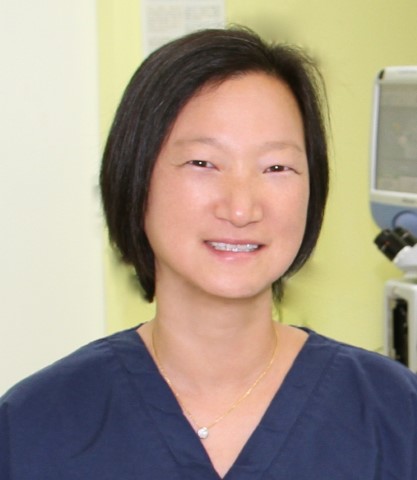
Dr Lim
Dr Lim also outlined the problem of insulin resistance leading to chronic hyperinsulinaemia and silent end organ damage. To combat this, she discussed the use of low carbohydrate diets that have gradually gained acceptance since Atkins popularised them in the 1970s. There is now good evidence that carbohydrate-restricted diets might induce diabetes reversal by causing ketosis, allowing patients to better use their fat reserves and lose weight. This also appears to improve a variety of biomarkers, including increasing levels of both forms of the coenzyme nicotinamide adenine dinucleotide (NAD+ and NADH). This is relevant to glaucoma, since NADH has been shown to be low in normal tension glaucoma patients, and supplementation with niacin (vitamin B3, a precursor of NAD+) has been protective in animal glaucoma models, as well as improving retinal function in short-term human trials. Dr Lim has been following a low carbohydrate diet herself and encouraged us to research this further and alert our patients to the benefits.
This conference certainly provided plenty of food for thought, both for how to approach glaucoma diagnosis and treatment and broadening the mind with other more general topics. I look forward to attending next year’s conference in Queenstown in person (Covid permitting).
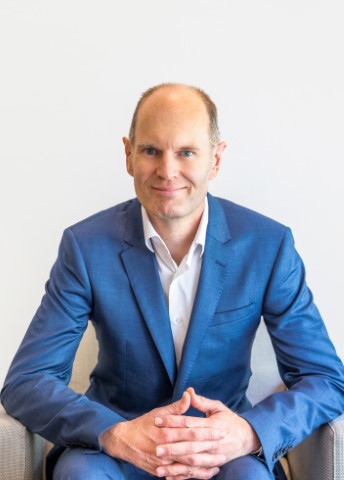
Dr Graham Reeves is a consultant ophthalmologist specialising in cataract and glaucoma for Counties Manukau Health and Eye Institute.










